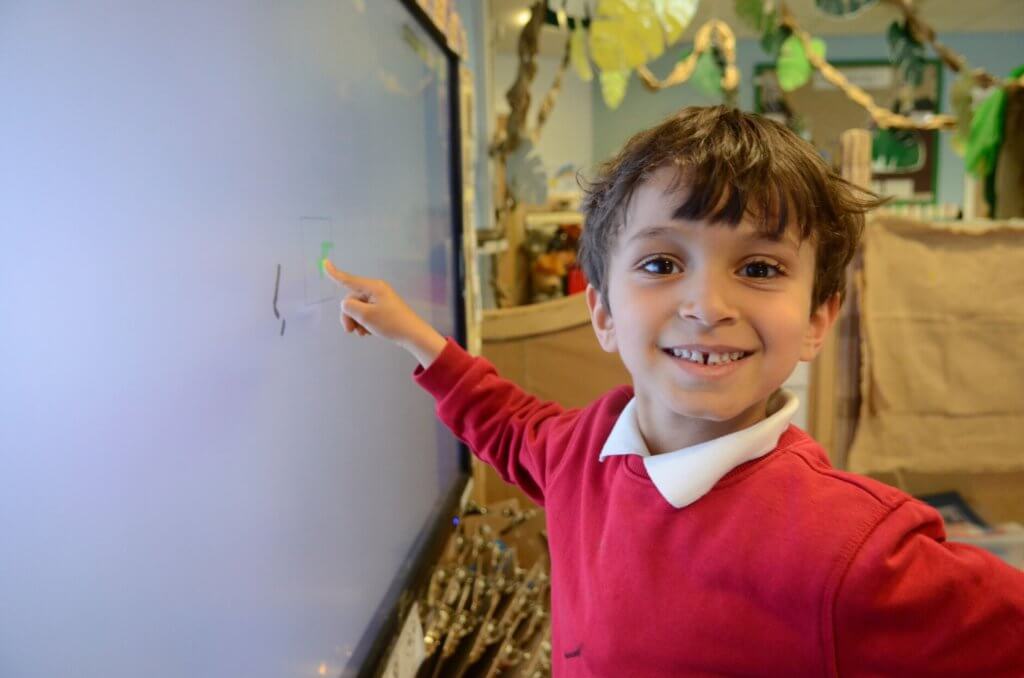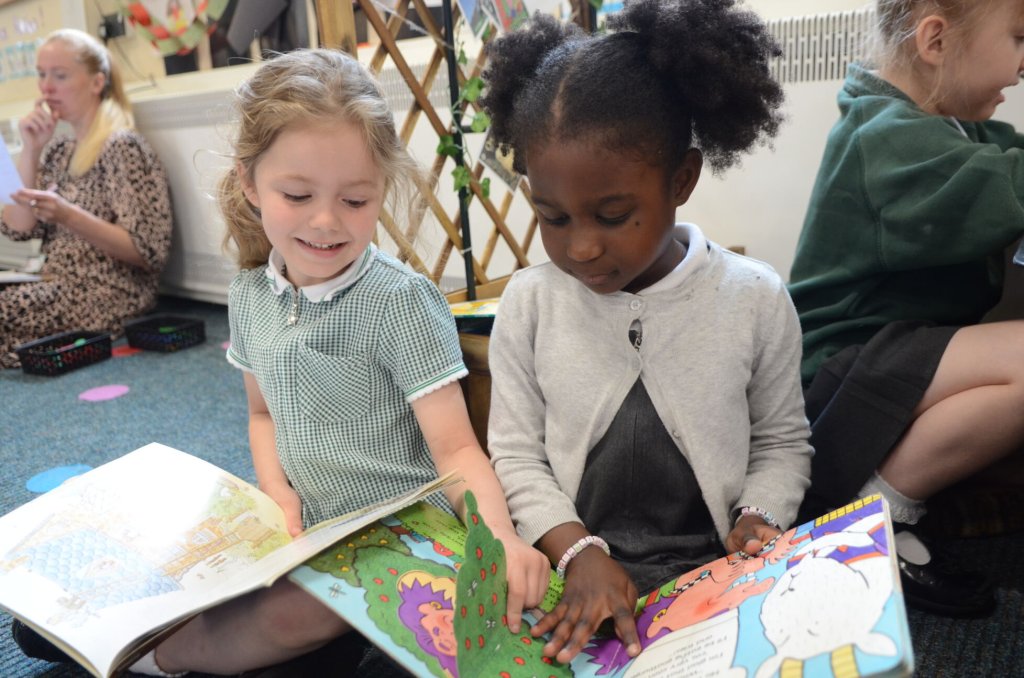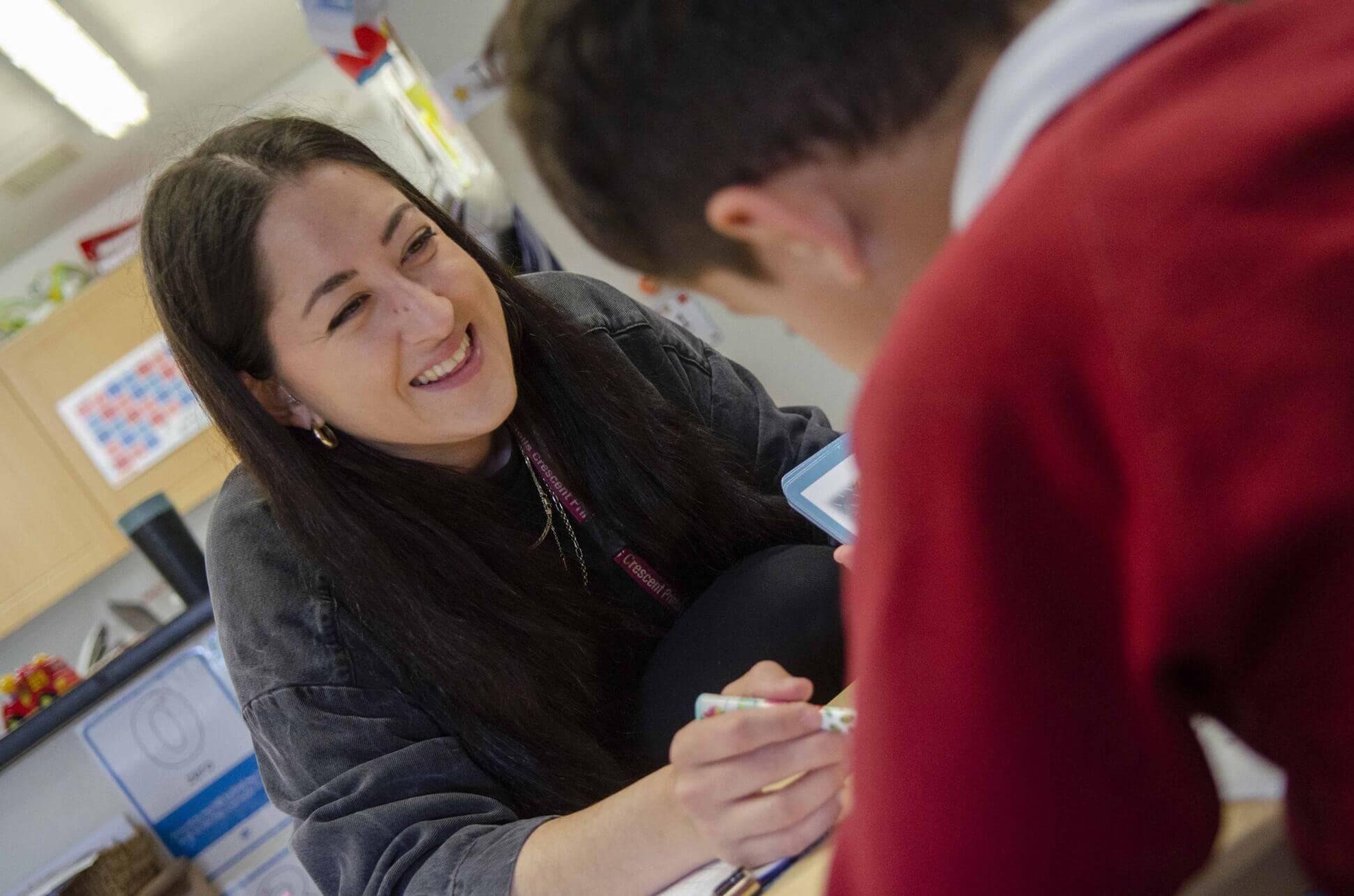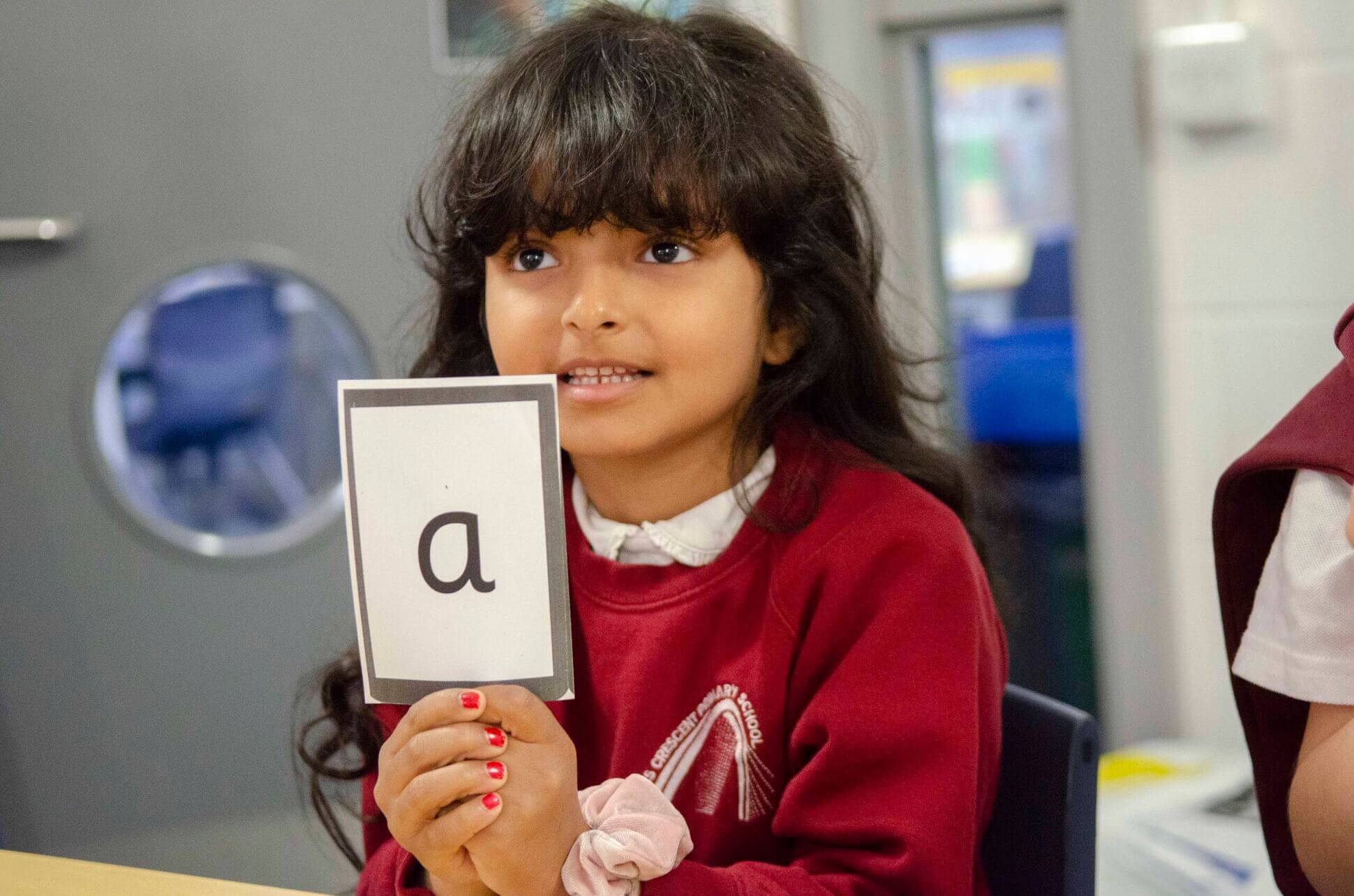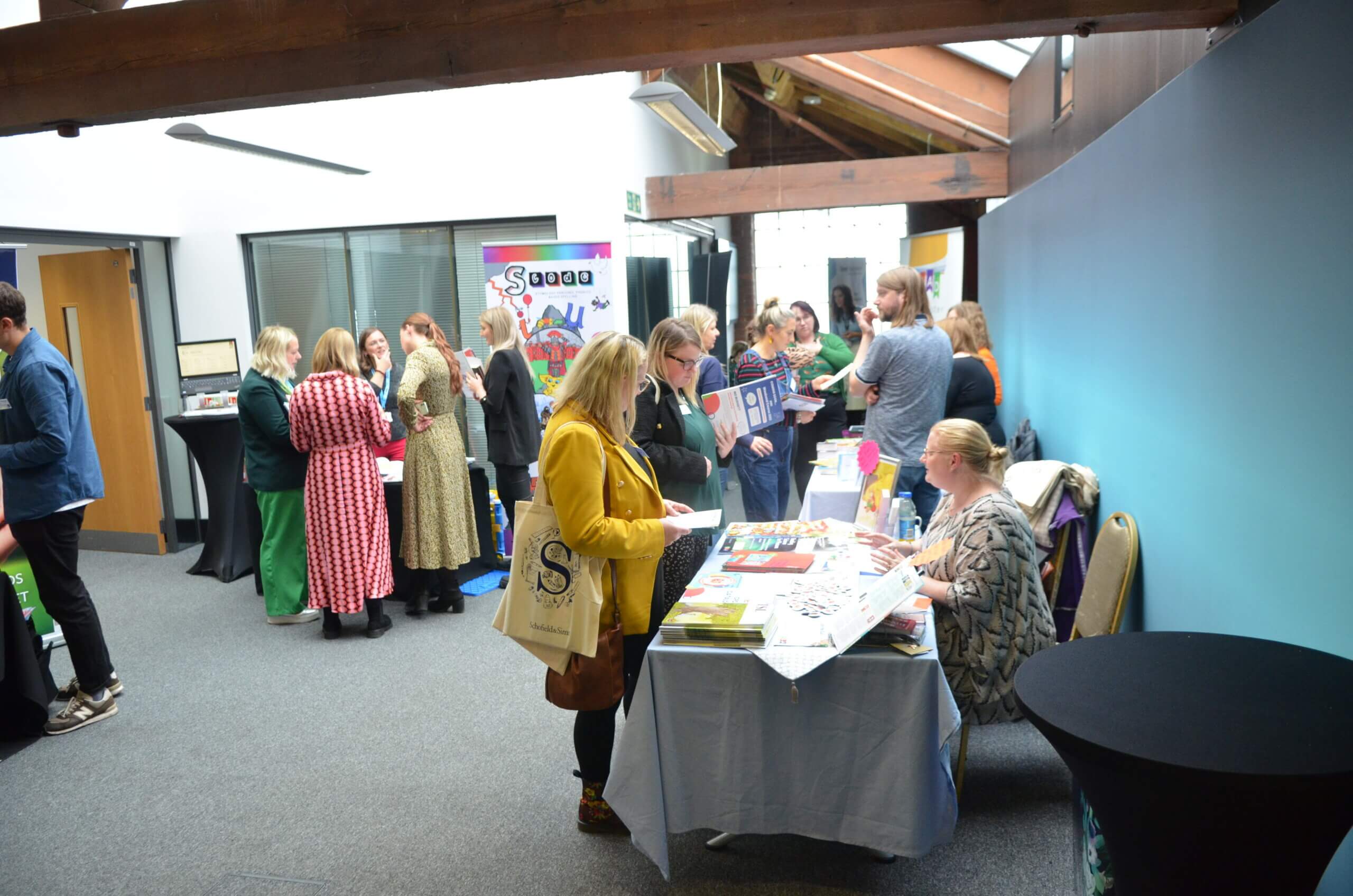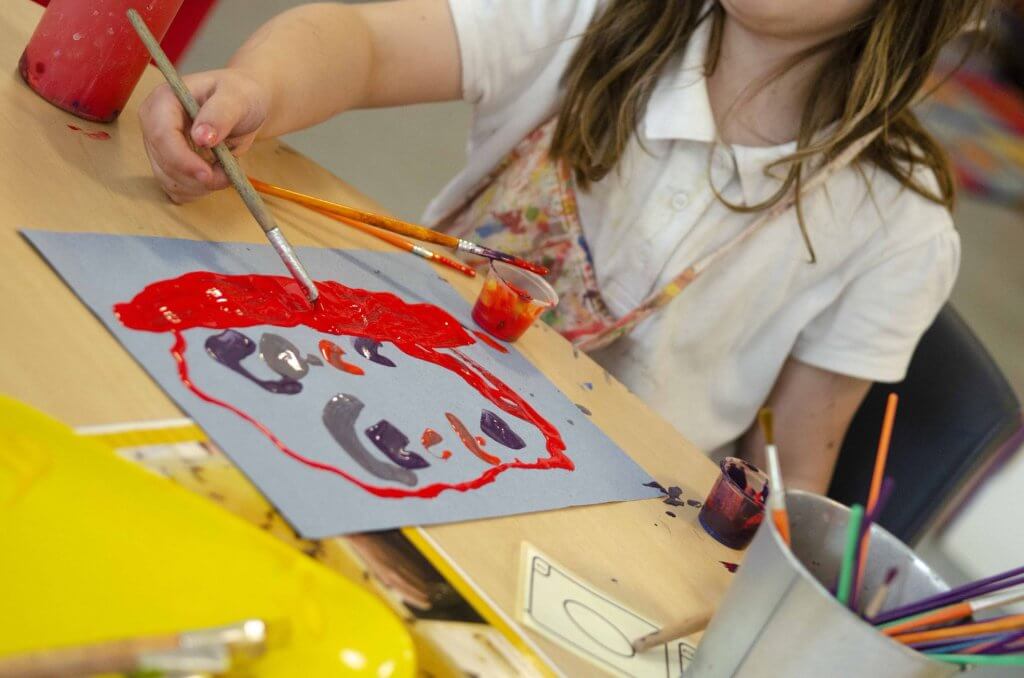Creative psychotherapy has many benefits to offer children and young people, providing them with the opportunity to express thoughts, feelings and experiences they may otherwise not know how to communicate.
But before we explore the transformative power of creative psychotherapy, it’s important to understand trauma and how it can affect our pupils.
WHAT IS TRAUMA?
Trauma refers to a deeply distressing or disturbing event that overwhelms a person’s ability to cope, resulting in a lasting negative impact. Trauma can be caused by a single incident, such as a natural disaster, an accident, or an act of violence, or it can emerge from prolonged and repeated exposure to stressful situations, such as abuse or neglect.
Experiencing or witnessing traumatic events in childhood can be particularly devastating, leading to alterations to the structure and function of the brain. This can have a profound impact on a child’s cognitive, emotional and social development. Research shows that childhood trauma is associated with a greater likelihood of struggling with mental health, challenges in personal and social relationships, as well as an elevated risk of encountering new stressful experiences.
WHAT DOES TRAUMA LOOK LIKE?
It is important to understand that trauma is a subjective experience, and what may be traumatic for one person may not be for another. Similarly, not everyone responds to trauma in exactly the same way. Whilst some children may become irritable and aggressive, others may become withdrawn and emotionally numb.
Common symptoms of trauma can include intrusive thoughts, nightmares, flashbacks, anxiety, panic attacks, mood swings and difficulty with memory. Individuals may also experience hypervigilance, obsessions and compulsions, as well as physical aches and pains.
Notably, trauma can disrupt the development of secure attachments between children and their caregivers. Children who have experienced trauma may struggle with trusting others, regulating their emotions, and forming healthy relationships. In schools and other settings, this can often result in challenging behaviour – however, it’s important to recognise that these behaviours are driven by underlying fears and unresolved emotional pain.
UNDERSTANDING THE SCIENCE
When we experience a traumatic event, the part of our brain responsible for language – the broca – shuts down. At the same time, the brain’s limbic system is set on high alert. The memory is imprinted onto the amygdala, which holds the emotional significance of the event. It is not recorded like a story, but instead through fragments of visual imagery, sounds, smells, taste and touch.
This means that, even when trauma is repressed in the mind, or not fully understood by the individual, the body still holds onto it. This is known as somatization, whereby the body remains in survival mode, always ready to face the next threat, potentially years after the traumatic event. As a result, trauma can often be difficult to put into words – however, there are many other ways to express that experience.
HOW CAN CREATIVE PSYCHOTHERAPY HELP?
Creative psychotherapies offer people the opportunity to express themselves without solely relying on words. Through mediums like play, art, music, dance, or drama, individuals can delve into their inner worlds and give voice to their emotions and experiences.
For children and young people, creative expression can be particularly beneficial, as they may lack the vocabulary and understanding to otherwise give words to their feelings. It may also be the case that children have been told not to disclose any negative experiences, such as abuse or neglect. But creative psychotherapy encourages either a non-verbal or creative expression, creating a safe space for children to share their experience.
The therapeutic relationship is at the heart of the healing and recovery process. By developing a trusting relationship with the child, the psychotherapist provides the space for children to express themselves freely, safe in the knowledge that the trauma has passed. The psychotherapist will guide and support the child throughout each creative session, helping to put words to their experiences. Adding narrative and context helps to process the traumatic memory, placing it in a specific space and time. This tells the body and the brain that the trauma belongs to the past. Now, they are safe in the present and the individual is no longer trapped.
HOW CAN YOU SUPPORT YOUR PUPILS?
With a trauma-informed approach, teachers can make a profound and positive impact on the lives of their pupils. It’s important to improve our understanding of how trauma can affect children and young people, so that we can recognise the signs and respond with empathy. Through nurturing environments, trusting relationships, and professional curiosity, we can help to shape our schools into a sanctuary for children, eliminating the threat of re-traumatisation whilst providing the possibility for growth.
Our team consists of HCPC registered psychotherapists, qualified counsellors, clinical supervisors and trainers. With many years’ experience of working in education, we can work with your staff to improve their understanding of the inner world of the child. By sharing our expertise on trauma, attachment and child development, we can help you to embed trauma-informed practices across the whole school.
We can also support staff through reflective practice and clinical supervision, to increase staff awareness and well-being, supporting staff to recognise compassion fatigue and the impact of vicarious trauma on their sense of themselves as practitioners and their sense of efficacy at work.
Please get in touch to find out more about our support.
From drama and dance movement psychotherapy, through to art, music, play and horticultural therapy, One Education provides a wide range of therapeutic interventions, giving pupils the foundations they need to flourish in the classroom and beyond.
Explore our website to learn more about our services.
